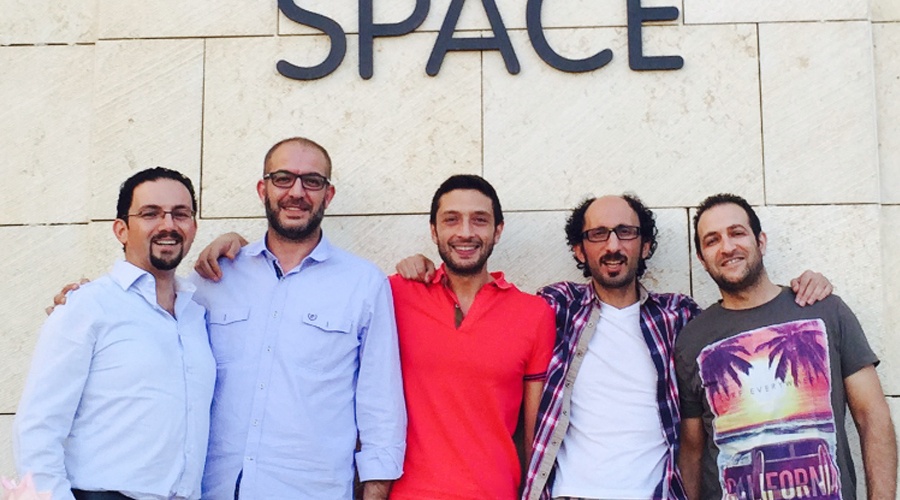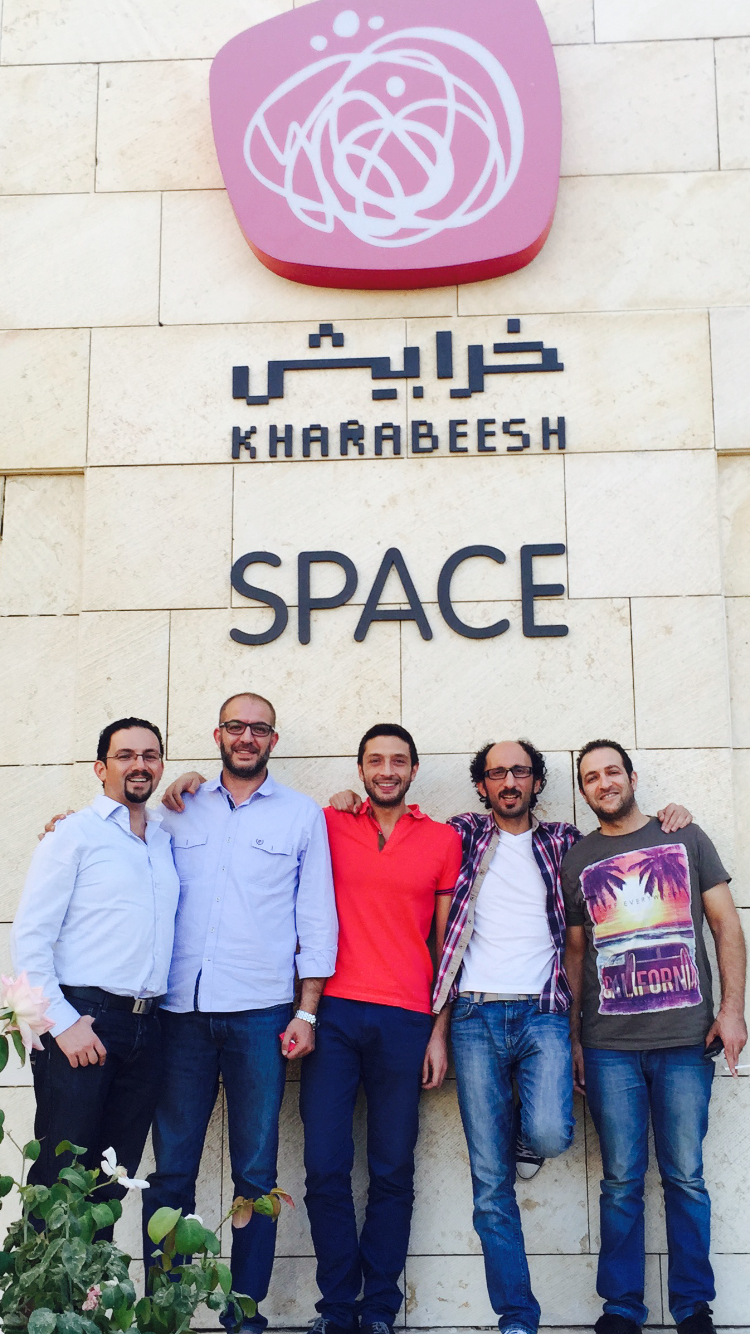What I know about building a content channel: Mohammed Asfour

The story of Jordan-based Kharabeesh began in 2008 when its cofounder and VP of content Wael Attili wanted to create a content channel to reach Arab youth.
At that point, Kharabeesh (‘scribbles’ in Arabic) was a banner company for five creative agencies. In 2013, the cofounders of the company came together to form Kharabeesh as the region knows it today - a wildly successful content channel telling the stories of the Arab community through entertainment.

Firas Otaibi, Mohammed Asfour, Wael Attili
and Shaher Otaibi. (Images via Kharabeesh)
In total, the Youtube-certified channel - the region’s first multi-channel network to become so - has five cofounders of whom Mohammed Asfour is CEO.
Kharabeesh recently announced that it closed a Series B round of $5 million. Prior to that, the company raised an angel round of $1 million in 2011 and $1.65 million in 2013.
As quality video content continues to be in demand by viewers, brands and advertisers, Asfour talked to Wamda about how Kharabeesh cracked the viewership code as well as its recent expansion to Jeddah, Saudi Arabia.
Know your content’s audience. Think pan Arab. The whole idea of Kharabeesh is to tell stories, stories of any Arab around the globe. When you talk about Arabic stories you’re talking about localization - specific content, specific stories, specific dialects for North Africa, the Levant region and the GCC.
Experimentation is imperative to growth. It should be your brand’s essence. Start with what you know, see how it does and then keep going. You have to create unusual content too. Kharabeesh started with cartoon animation then moved to video production then to social entertainment then to comedy, which was not common in Jordan. Once we succeeded with comedy, we moved on to music.
Discovering and developing will lead to success. You need to take the talent you find and conceptualize in the discovery and developing stage. Then you have to move to audience management and the growth. This is when you should work on optimization, the distribution, and study audience analytics, before finally reaching monetization.
Monetization and localization are the biggest challenges. You can have 10 shows but only one might reach the monetization stage. Know your business model and if needed, figure out how to educate the market to enable your growth. To reach a pan Arab audience you also have to create content with different dialects for different channels. Start by setting up offices in your target countries. In Tunisia, we got an office there, found partners, hired talents who then worked with other talents and created content. That’s how we did it in Egypt and how we are doing it in Saudi Arabia. Now the success rate of our shows is more than 70 percent.
Don’t be satisfied with one viral video. That is not the end of the game. There's a lot of room to learn and you need to understand your audience. If you provide your audience with the right content and can enable the creative talents around you to grow, then eventually you will succeed.

- when you leave your house full, where do you go’
You have to stay focused. Growing the company is most difficult, and if you are able to grow your company KPIs, which reflects in revenue growth, then you are on the right track. The content industry keeps changing almost daily, so the vision is key.
Expand your services. The market is developing fast and you should be looking at other markets like VR, AR and AI if you want to lead in digital entertainment.
Include your target markets in your initial strategy. We wanted Saudi and so opening there was planned from the beginning. However, it is difficult to have a foreign investment company within the media sector there. But, because Youtube is the second most visited site in the country after Google, it has great commercial value. Being in Dubai helps because contracts can be signed from here. But all the registrations and legalities need to happen in Saudi, which our Saudi partner handles.


